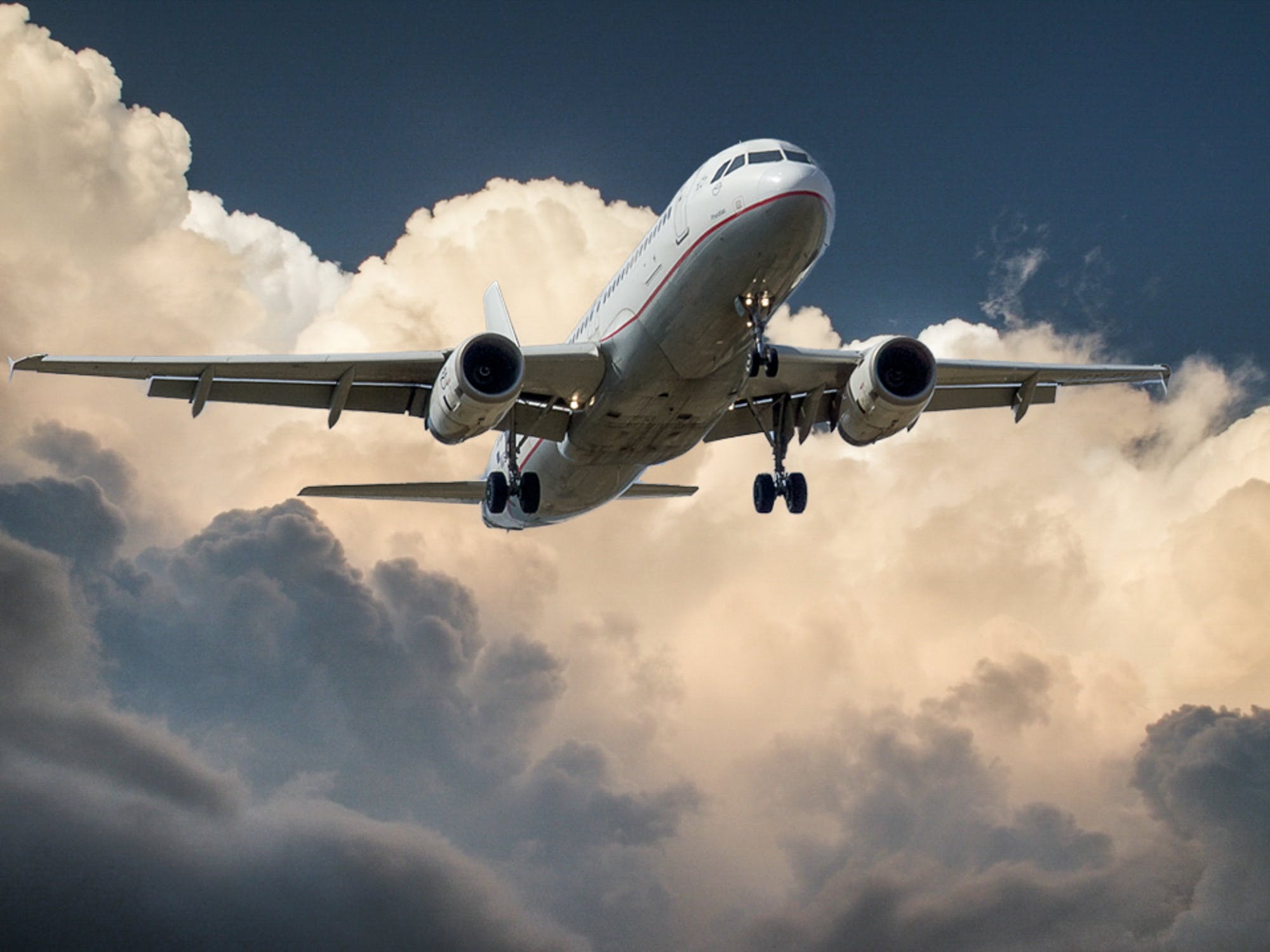3/22/2019
Profiled article
H. Tabuchi, “Doomed Boeing Jets Lacked 2 Safety Features That Company Sold Only as Extras”, Mar. 21, 2019. [Online] The New York Times. Available at:
https://www.nytimes.com/2019/03/21/business/boeing-safety-features-charge.html[Accessed 21 Mar. 2019].
About the article author
Hiroko Tabuchi is a climate reporter for The New York Times, based in New York. She previously wrote for the paper on Japanese economics, business and technology from Tokyo.
Summary
Within the last 5 months, two Boeing 737 Max 8 aircraft have crashed within twenty minutes of takeoff, sending a combined 346 people to their deaths. These catastrophes were caused by aircraft control failure due to faulty sensors and an automated system called MCAS. The MCAS system automatically pushes the nose of the aircraft down when conditions that could lead to a stall are detected (a stall occurs when an aircraft cannot generate enough lift to stay in flight). In these situations, pushing the nose of the aircraft down can help the aircraft gain airspeed and recover from the potential stall. However, this can lead to the aircraft diving uncontrollably if sensors are faulty and the aircraft is not actually at risk of stalling when MCAS activates. In the case of these crashes, faulty sensors likely contributed to the accidents of both 737 Max 8s. For this aircraft model, Boeing designed two key safety features to prevent faulty sensors from activating MCAS. However, these systems were not installed on the aircraft that crashed. The reason is simple: Boeing charges clients if they wish to include advanced features on their aircraft. Often times, optional features involve aesthetics or comfort, like premium seating, fancy lighting, or extra bathrooms. But other optional features involve communication, navigation, or safety systems, and are fundamental to the aircraft’s operations. Additionally, regulating agencies do not require optional safety features to fly these aircraft. As a result, these aircraft were allowed to fly even though they did not have all safety measures in place. In light of the accidents, Boeing is making safety features that could alleviate these issues standard on all 737 Max aircraft going forward. However, there are no updates as to whether additional safety features will be required by regulating agencies.
Response
When considering this issue from an ethical point of view, any feature that can add a level of safety to the aircraft should be mandatory. Additional costs for aircraft features should only be allowed for quality of life features that do not contribute to aircraft safety in any way. In the extreme case of a catastrophic aircraft failure such as the two crashes, it is possible that casualties could have been avoided had optional safety features been installed. While the goal of every company is to make profit, there comes a line where profit should take a backseat to the safety of consumers and the general public. People’s lives are at risk and mitigating this risk to the best of Boeing’s ability should be the highest priority. With all of this in mind, at what point should companies value safety and reliability over profit? Should regulating agencies make optional features relevant to aircraft operation mandatory? At the end of the day, whose responsibility is it to reinforce these changes and safety features?
Related Links
For more info related to the timeline of the accidents and highlights

